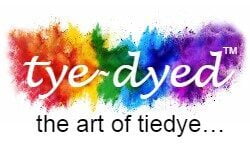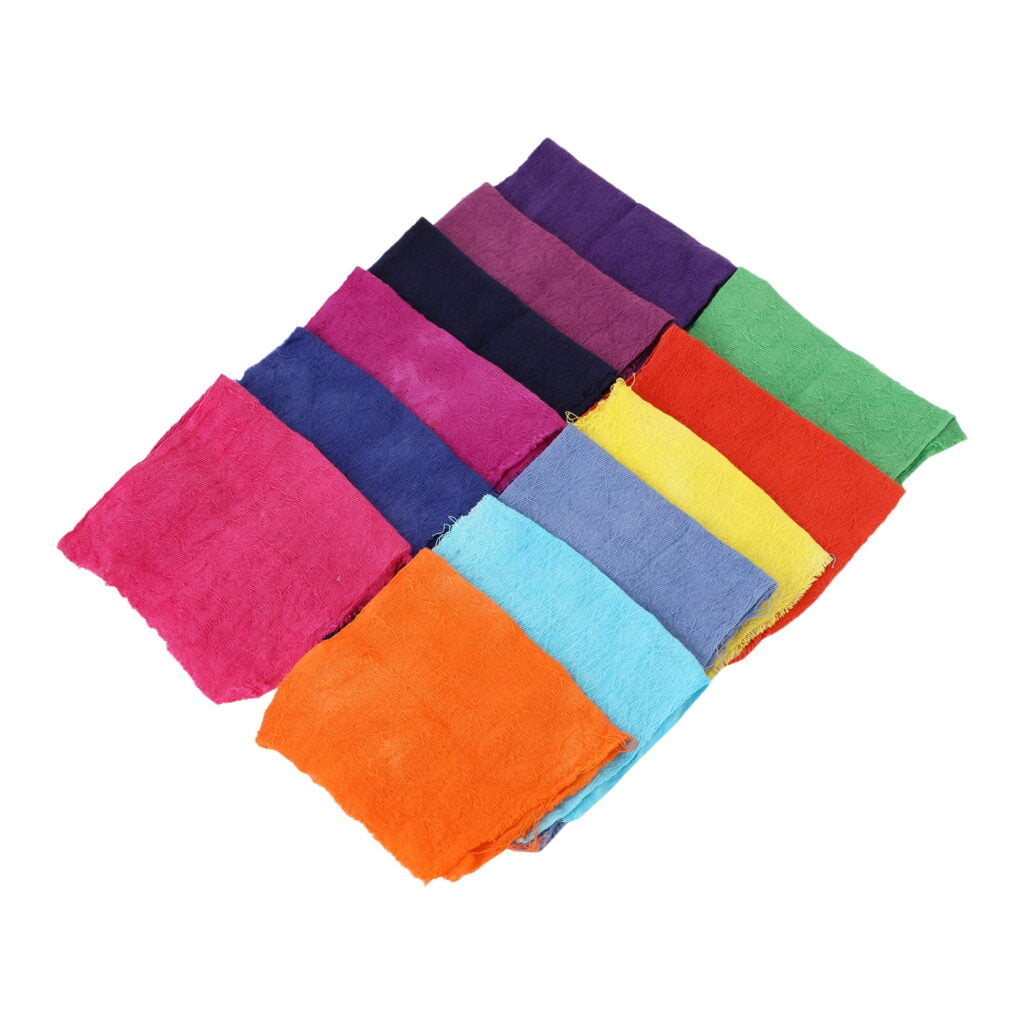
Reactive Dyes are often used for application with cellulose fires as they provide compete colour range and are easily applied, particularly in exhaust dyeing.
Reactive dyes form a chemical compound when they come into contact with a fiber molecule. Reactive dyes are applied wither from a solution with high pH or from neutral solutions that are later alkalized through a separate process. Sometimes different shades are brought out by applying heat to the dyed textile. Originally, Reactive Dyes were applied to cellulosic fabrics. But today other fibers are also dyed using Reactive Dyes.
Approximately 95% of Reactive Dyes are Azo Dyes covering an entire Range of Colours. Blue & Greens are also provided by anthraquinone and Phthalo cyanine structures. After dyeing & fixation, Reactive dyes have completely different toxicological properties because the reactive group is no longer present another high wash fastness often dyed Fabric ensures that no dye is exposed to the skin of the wearer. Consequently no cases of allergic reactions have been reported by consumers wearing textiles dyed with Reactive Dyes.
Cold Pad Batch dyeing method
Reactive dyes are highly preferred for cotton for their excellent fastness properties and easy application. Properties and Easy Application but the Problem in Reactive Dyeing is the low Exhaustion Properties Dyes is the low Exhaustion properties dye to the hydrolysis of Reactive Dyes with water.
Various techniques and methods have been implemented to overcome. These issue in Reactive Dyeing and an effective method to dye the cotton with Reactive dye in the CPB method. This method consumes only a small amount of water & energy. The common a small amount of water & energy. The common salt used to exhaust the reactive dyes is totally eliminated in this method and it offers excellent dye fixation. The main disadvantage of this method is longer batching time.

